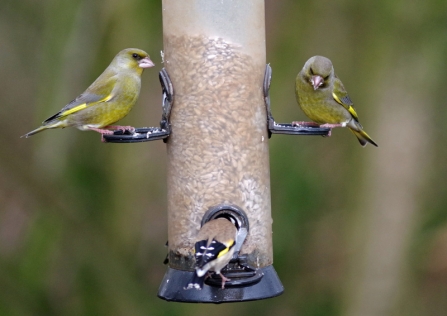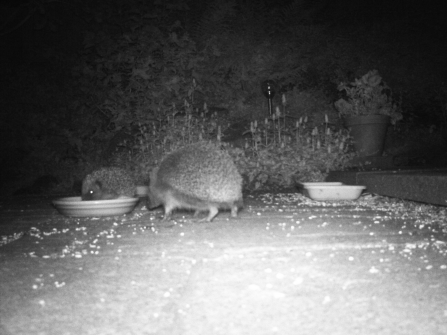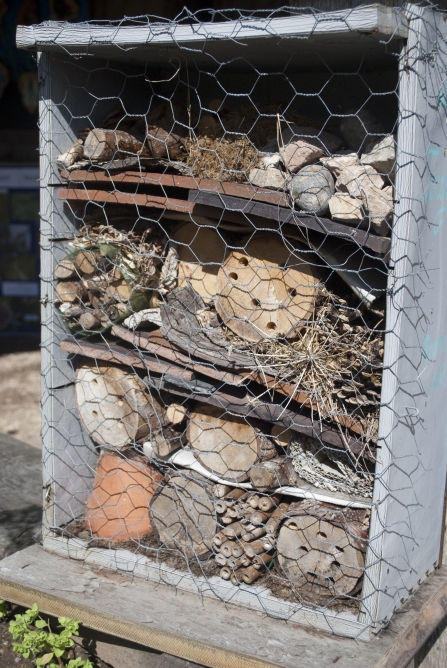You don’t need green fingers or huge amounts of space to create your very own mini nature reserve. Whether you have a garden, allotment, back yard, balcony, patio or window box – you can make a huge difference for your local wildlife.
Feed hungry birds
One simple thing that everyone can do for wildlife this winter is to ensure that there's enough food and water available to give garden visitors a little helping hand over the colder months. A tantalising mixture of high fat content food (like fat balls or peanut cakes), seeds, nuts, grains and over-ripe fruits like apples and raisins will keep garden birds warm and ensure they're getting a varied diet.




